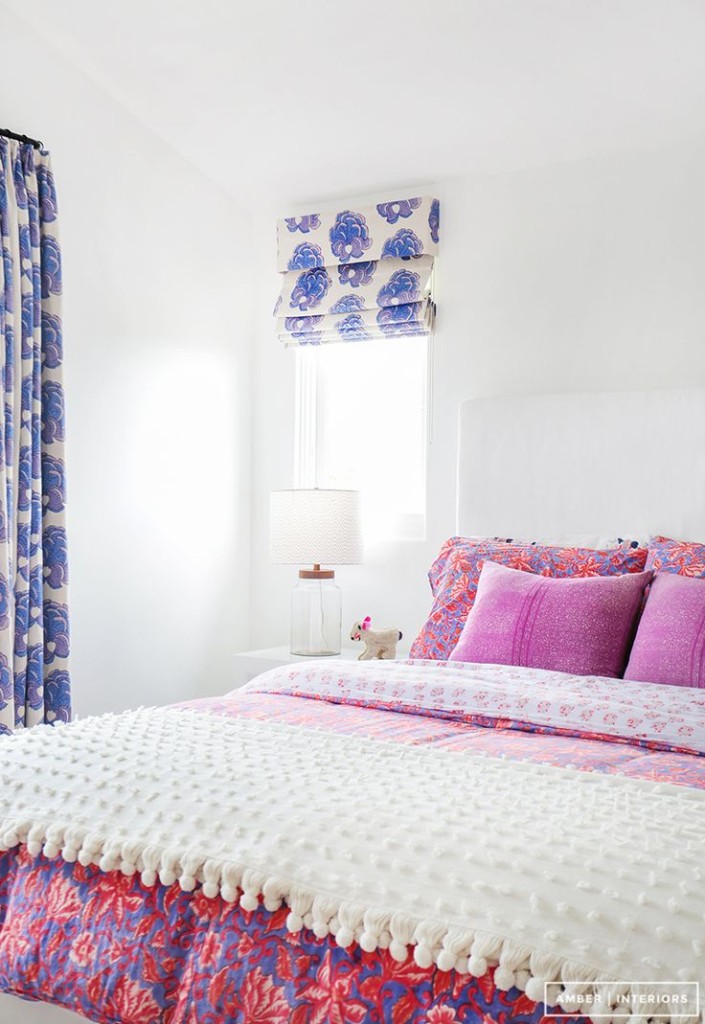When most people think about chenille they either reminisce about their grandmother’s fuzzy, over-the-top bedspread, or they think fondly about the nubby, comfortable throw blanket that sits on their couch at home. But, have you ever wondered where chenille came from and how it became so popular?
In the 1830’s, a fabric mill worker in Scotland, stumbled upon this new fuzzy fabric – first weaving tufts of wool into blankets, he then cut them into strips, and treated with heated rollers. The result? A tremendously fluffy fabric, most likely named “chenille” for it’s caterpillar like appearance (which is what the word means in French).
A fabulous vintage chenille bedspread. This peacock pattern was popular from the 1940’s through the 70’s in the USA. [Source]
Over the next decade, chenille became a popular carpetry material across Europe, eventually reaching the United States. A young woman began to make quilts with chenille designs, and eventually spurring a rapid growth in popularity of these comfortable blankets.
The advancement of sewing machines in the early 20th century allowed factories to begin making chenille blankets, rugs, and chenille yarn, further contributing to the “chenille explosion”.

This young girl’s room from Amber | Interiors shows how chenille can still be modern and fresh. [Source]
While the chenille obsession has slowed across the United States, it is still found across households, including both new products and vintage originals. Usually manufactured from cotton, this soft fabric is now made from acrylic, olefin, and rayon as well.
Where do you have chenille in your house? How have you used it in your design projects? We have dozens of unique chenille fabrics in solid and patterned options. Stop by the showroom today to check out the collection!

How comfortable and warm does this chenille blanket look? A solid colored chenille is great for adding an element of texture to a room. [Source]
For the more detailed version of the history of chenille, read this post from the Design Threads blog.

